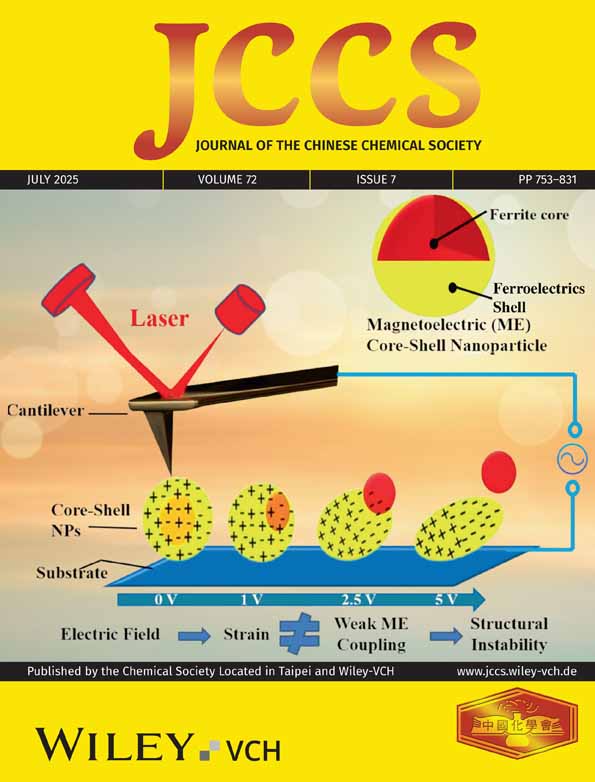Theoretical Study of Heterocyclic Nitro Compounds for Use as Novel Explosives and Propellants
Abstract
The heats of formation (HOFs) of heterocyclic nitro compounds were obtained by using a density functional theory B3LYP method with 6-31G* and 6-311+G** basis sets. The isodesmic reactions designed for the evaluation of HOFs keep most of the basic ring structures of the title compounds and thus ensure the credibility of the results. The values of HOFs are 567.90, 874.29 and 975.83 kJ/mol at the B3LYP/6-31G* level for hexanitrohexazaadamantane (A), nonanitrononaza-tetracyclo[7.3.1.13,7.15,11] pentadecane (B) and tetranitrotetrazacubane (C) respectively. The predicted detonation velocities of the title compounds are larger than, and detonation pressures are much larger than that of the widely used 1,3,5,7-tetranitro-1,3,5,7-tetraazacyclooctane (HMX). The dissociation energy for the weakest C-N bonds in the cage skeleton of the title compounds are 137-144 kJ/mol at the B3LYP/6-31G* level.




